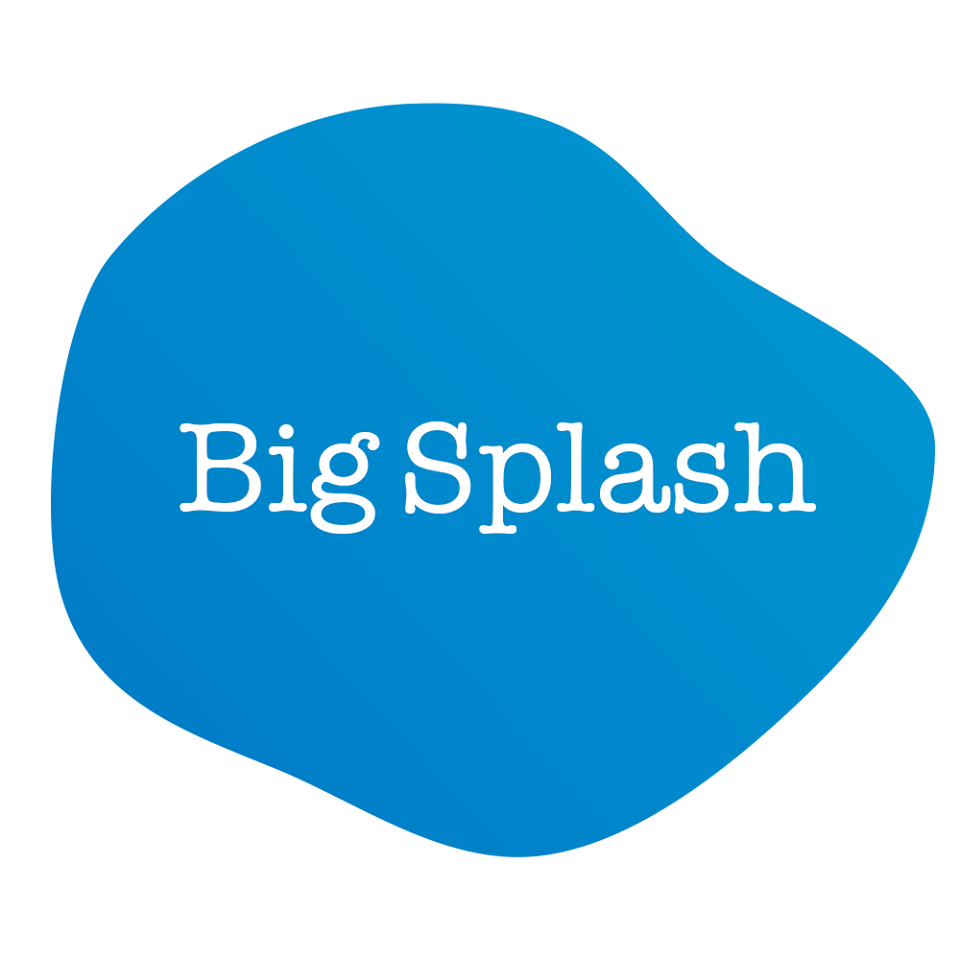- No products in the cart.
Last night A Current Affair ran a segment about cruising horror stories. As a publisher of several magazines about cruising, this certainly caught our eye.
It was a quite astonishingly one-sided piece about disgruntled passengers and their complaints.
As anyone who views ACA’s website and our cruise site at www.cruisepassenger.com.au will see today, it went down like the Titanic with Australia’s growing cruise audience.
One of the key aspects of the story was the response from Royal Caribbean, one of the biggest ocean cruise lines in the world. Whilst there wasn’t enough time in the segment to present the entire response, the audience was directed to the ACA website in order to read the text in full.
Naturally, we visited the site ourselves to take a look. There are Google ads peppered throughout the website, as there are with virtually every website today. In this scenario, however, the inherent dangers of programmatic advertising were on display for all to see.
This is what greeted us on the ACA page this morning:

Oops! To add insult to injury, these ads were continually sprinkled through the page in between Royal Caribbean’s statement.

This means that some people were being sold a cruise via Google ads after having both watched a news segment and read an article telling them there was risk if they did so.
Not the most effective way to sell a cruise!
Programmatic advertising is basically a fancy way of talking about the algorithmic purchase and sale of advertising space in real time. By using software to automate these processes, it reduces the overall time and manpower necessary to run large-scale digital advertising campaigns.
It also allows marketers to target audiences more effectively, giving their campaigns more stickiness and increasing their conversion rates. Google ads are the most common example, since it gives digital marketers easy access to a wide variety of highly-targetable audiences.
However, issues like this demonstrate that programmatic advertising is mindless. Not only do campaigns need to be set up carefully (with exclusions and black-listed terms identified prior to launch), but they also need to be watched and maintained. Scenarios like the above are a digital marketer’s worst nightmare, up there with inappropriate automated Twitter responses and misinterpreted email subject lines.
As digital marketers implement more and more automated services, it is important for the people behind campaigns to keep track of how they are being delivered. It is all too easy to ‘set and forget’ once a campaign has gone live, leading to potential lost sales and embarrassment for the advertised brand.
To be fair, the majority of people visiting the page would not have had the same experience as we did – the Google algorithm is different for everyone.
But when the purpose of your campaign is to convert highly-targeted audiences and convince them to purchase relatively expensive holidays, you simply can’t afford to ignore situations like these.
Big Splash Media is factual content agency. Nick is our Online Marketing Manager and checks his ads every day!
Related Posts
Comments are closed.







